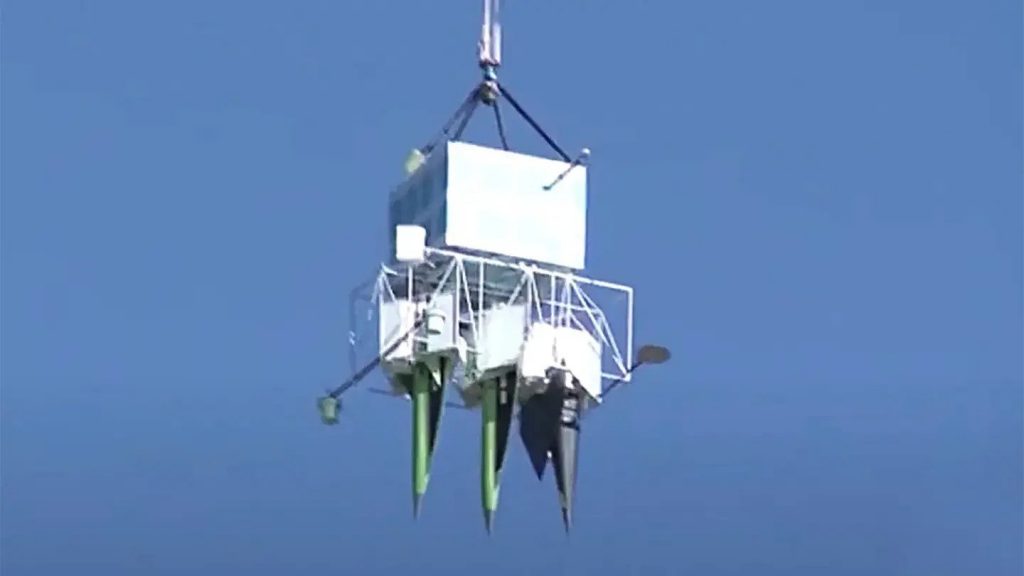Last month, several instances of shooting down high-altitude aerial objects in the United States and Canada have renewed interest in the military applications of balloons, including as launch platforms for drones to form networked swarms.
This technology has been experimented with by researchers worldwide, including in China, for several years. The public was reminded of the potential usefulness of balloons for intelligence gathering and military purposes in early February after the US government announced that it had tracked a Chinese spy balloon in US and Canadian airspace.
Although the balloon was shot down on February 4, efforts to retrieve the wreckage for analysis have concluded. Following this, three more unidentified objects were shot down over US territorial waters off the northeastern coast of Alaska, Canada’s Yukon territory, and Lake Huron on February 10, 11, and 12, respectively.
American officials believe that the objects were harmless, but the lack of evidence to support this claim emphasizes the potential threat that high-altitude balloons and other uncrewed platforms pose. President Joe Biden has pledged significant changes to how the US government responds to such incidents and how these objects operate in US airspace.
The War Zone has previously highlighted the usefulness of balloons and airships for intelligence, surveillance, and reconnaissance missions, among other things, which is not a new concept. China’s interest in these capabilities is well documented.
Chinese scientific, commercial, and military entities are not the only ones with interest in high-altitude balloons or the ability to launch drones from them, either. In their 2020 paper, the Chinese Academy of Sciences researchers say their proposed concept was directly inspired in part by work the U.S. Navy’s Naval Research Laboratory conducted as part of its Close-in Covert Autonomous Disposable Aircraft (CICADA) project.
Like the Chinese proposal, CICADA involved unpowered glide-like micro drones made in large part from circuit boards with GPS-assisted navigation capabilities and the ability to carry small sensors. The Navy conducted a slew of tests of multiple CICADA designs between 2010 and 2020.
Launches of CICADAs, in small numbers and in swarms of up to 1,000 drones, from various platforms, including crewed and uncrewed aircraft, were part of this overall effort. In at least one test carried out in the early 2020s, CICADAs were deployed from another drone, called Tempest, which had itself been first released from a high-altitude balloon.
In general, drone swarms employed in intelligence, surveillance, and reconnaissance roles, among others, are set to become a defining feature on future battlefields. There are likely to be especially critical for combatants engaged in major, high-end conflicts, such as a potential one between the United States in China in the Pacific region.
Wargames focused on various Taiwan crisis scenarios, including tabletop exercises conducted under the auspices of the U.S. military, have repeatedly highlighted how swarms could be game-changing in that specific context.
With all this in mind, high-altitude balloons look set to become more commonly employed to perform various military missions. This potentially includes launching drones, a capability that Chinese groups and others have already demonstrated to varying degrees.

